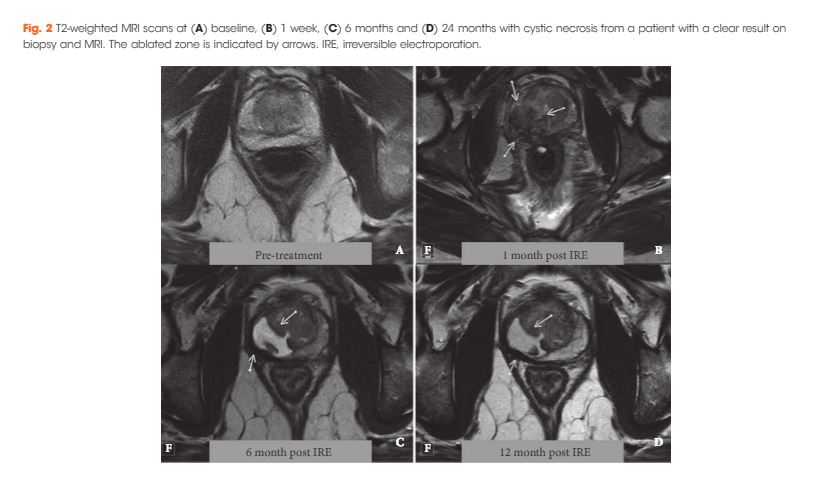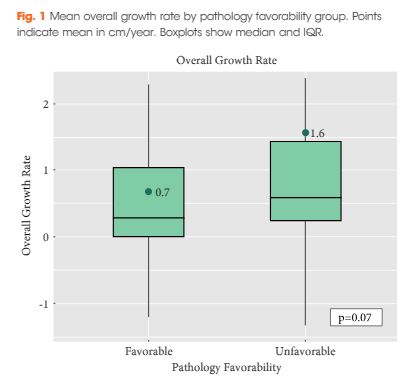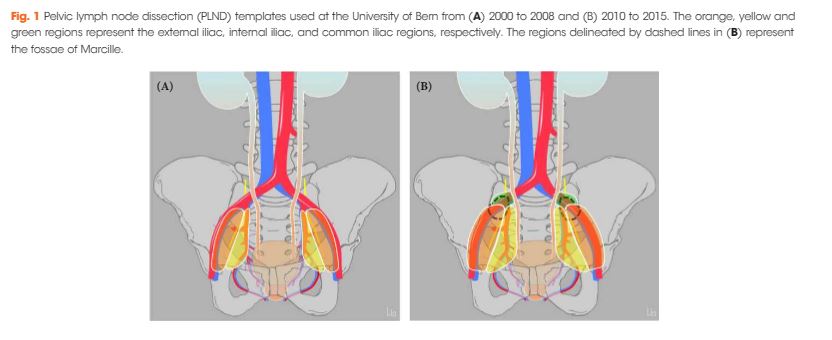
Editorial: RARP and a Parachute
Radical prostatectomy is probably the most scrutinized, debated and re‐invented procedure in the field of urology. This is with good reason. Dr Hugh Hampton Young gave the first formal account of a radical treatment for prostate cancer in 1905. It was a procedure performed perineally with the prime intention of total cancer extirpation. The oncological results were tremendous given the nascency of the procedure. Functional outcomes, however, were less so, with only ~25% of the patients achieving…

Article of the Month: BAUS consensus on priapism
Every Month, the Editor-in-Chief selects an Article of the Month from the current issue of BJUI. The abstract is reproduced below and you can click on the button to read the full article, which is freely available to all readers for at least 30 days from the time of this post.
In addition to the article itself, there is an accompanying editorial written by a prominent member of the urological community. This blog is intended to provoke comment and discussion and we invite you to use the comment…

Editorial: The BAUS consensus documents on andrology
In 2018, the BAUS returns to Liverpool and we have taken this opportunity to renew the lasting friendship between the BAUS and the BJUI. We also celebrate a monumental achievement for the city of Liverpool itself – the Knighthood of Sir Ringo Starr. This has finally happened, 50 years after his MBE and is richly deserved. We therefore decided to feature Liverpool and The Beatles on the front cover of your journal.
This year, Duncan Summerton, a well‐respected Urologist and Andrologist, starts…

Article of the Week: Focal irreversible electroporation as primary treatment for localized prostate cancer
Every Week, the Editor-in-Chief selects an Article of the Week from the current issue of BJUI. The abstract is reproduced below and you can click on the button to read the full article, which is freely available to all readers for at least 30 days from the time of this post.
In addition to the article itself, there is an accompanying editorial written by a prominent member of the urological community. This blog is intended to provoke comment and discussion and we invite you to use the comment…

Editorial: Has tailored, tissue‐selective tumour ablation in men with prostate cancer come of age?
There are two principal challenges that face the growing number of clinical investigators that are evaluating tissue‐preserving therapies in men with prostate cancer.
The first is that every man's prostate is different. So different and so unique are the personal attributes of a man's prostate that it would, just like the iris or fingerprint, qualify as a unique identifier. It is just a few practical considerations that prevent it from doing so. This is a challenge that the clinician treating…

Article of the Week: Multiple Growth Periods of SRMs Predict Unfavourable Pathology
Every Week, the Editor-in-Chief selects an Article of the Week from the current issue of BJUI. The abstract is reproduced below and you can click on the button to read the full article, which is freely available to all readers for at least 30 days from the time of this post.
In addition to the article itself, there is an accompanying editorial written by a prominent member of the urological community. This blog is intended to provoke comment and discussion and we invite you to use the comment…

Editorial: Growth spurts of small renal masses correlate with pathology
A rapid growth rate has long been known to be a harbinger of aggressive tumour pathology and clinical behaviour of small renal masses (SRMs) 1. However, this association has not been confirmed in prospective studies of patients with SRMs on active surveillance (AS) 2. Jewett et al. 2, in a multicentre prospective phase 2 clinical trial of 209 patients with a SRM, found that despite an average growth rate of 0.13 cm/year, pathology did not impact growth. Clinically, the growth rates of SRMs are…

Video: Multiple Growth Periods of SRMs Predict Unfavourable Pathology
Multiple growth periods predict unfavourable pathology in patients with small renal masses
Abstract
Objective
To use the number of positive growth periods as a characterization of the growth of small renal masses in order to determine potential predictors of malignancy.
Patients and Methods
Patients who underwent axial imaging at multiple time points prior to surgical resection for a small renal mass were queried. Patients were categorized based on their…

Article of the Week: More PLND template at RP detects metastases in the common iliac region and in the fossa of Marcille
Every Month, the Editor-in-Chief selects an Article of the Month from the current issue of BJUI. The abstract is reproduced below and you can click on the button to read the full article, which is freely available to all readers for at least 30 days from the time of this post.
In addition to the article itself, there is an accompanying editorial written by a prominent member of the urological community. This blog is intended to provoke comment and discussion and we invite you to use the comment…

Editorial: PLND during RP for PCa: extending the template in the right patients without increasing complications
It took long time and consistent evidence to endorse the staging role of extended pelvic lymph node dissection (PLND) in prostate cancer (PCa). The poor performance of both conventional and functional imaging in identifying preoperative nodal status has contributed to making extended PLND the most accurate nodal staging procedure in PCa 1.
Current available guidelines recommend a standard extended PLND template that includes external, internal iliac and obturator lymph nodes 2-4; however, where…
